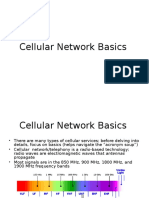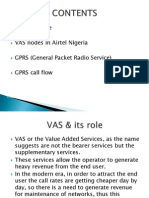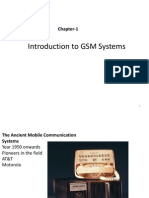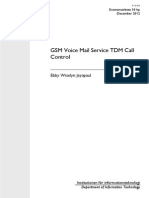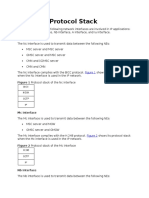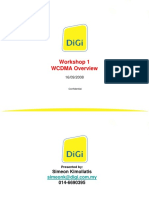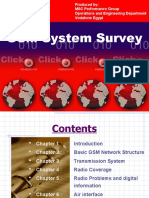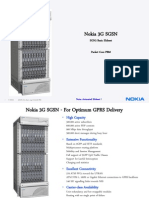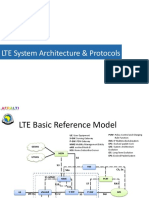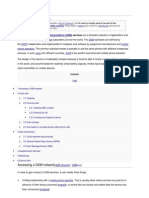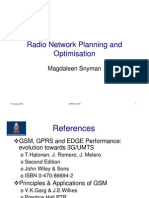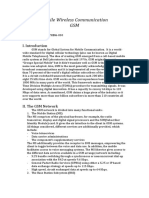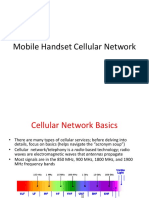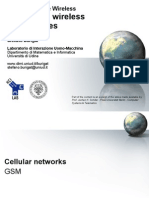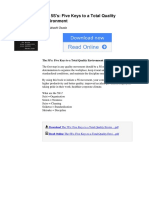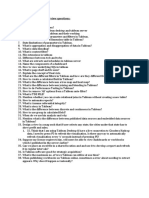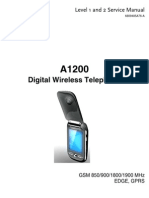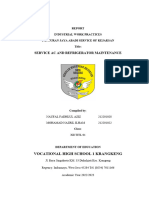0% found this document useful (0 votes)
128 views61 pagesTelecom Overview Presentation
The document provides an overview of basic telecom fundamentals including:
1. It describes the purpose and function of switches in a telecom network.
2. It explains how switched networks address the problems with point-to-point networks.
3. It outlines the structure of today's telephone network including local exchanges, switches, and connections to other locations.
Uploaded by
Prabh Preet SinghCopyright
© Attribution Non-Commercial (BY-NC)
We take content rights seriously. If you suspect this is your content, claim it here.
Available Formats
Download as PPT, PDF, TXT or read online on Scribd
0% found this document useful (0 votes)
128 views61 pagesTelecom Overview Presentation
The document provides an overview of basic telecom fundamentals including:
1. It describes the purpose and function of switches in a telecom network.
2. It explains how switched networks address the problems with point-to-point networks.
3. It outlines the structure of today's telephone network including local exchanges, switches, and connections to other locations.
Uploaded by
Prabh Preet SinghCopyright
© Attribution Non-Commercial (BY-NC)
We take content rights seriously. If you suspect this is your content, claim it here.
Available Formats
Download as PPT, PDF, TXT or read online on Scribd
/ 61

